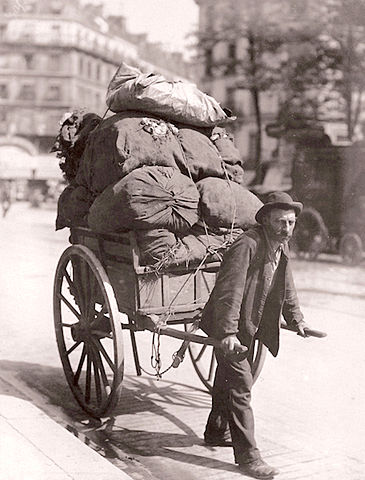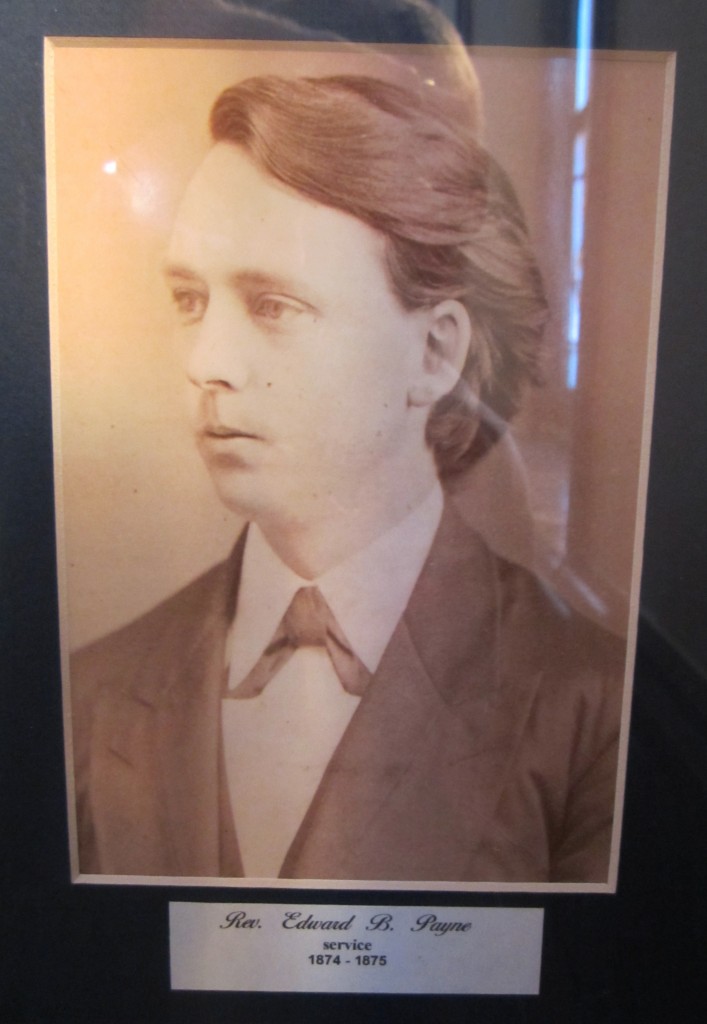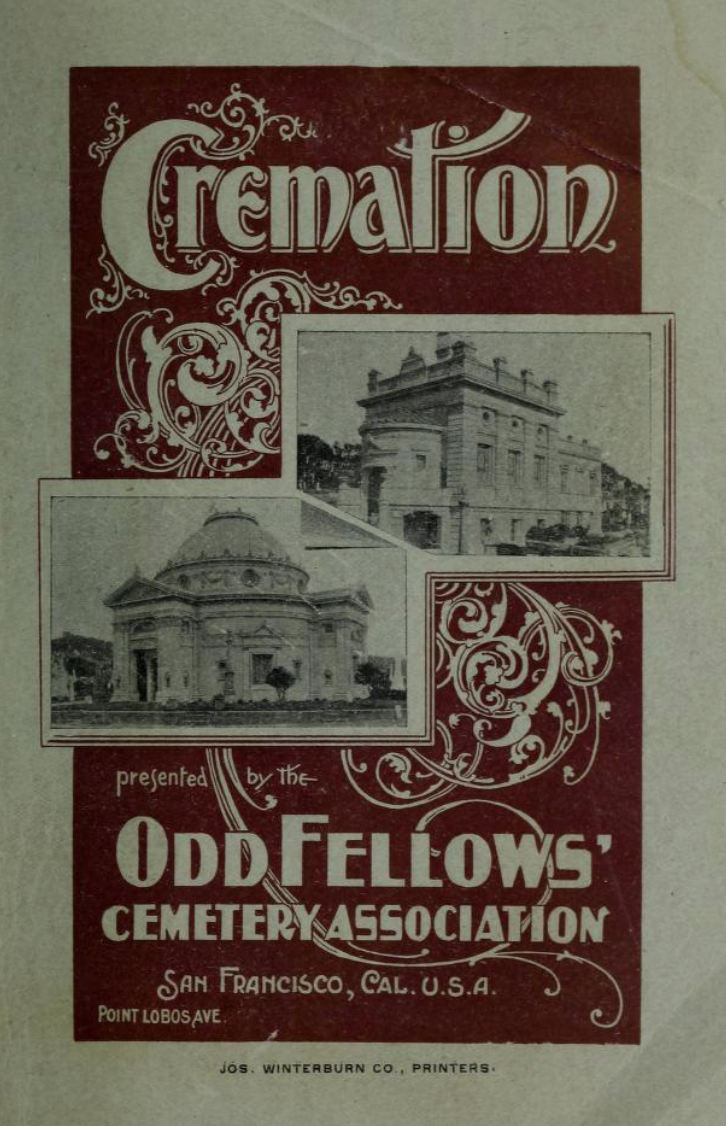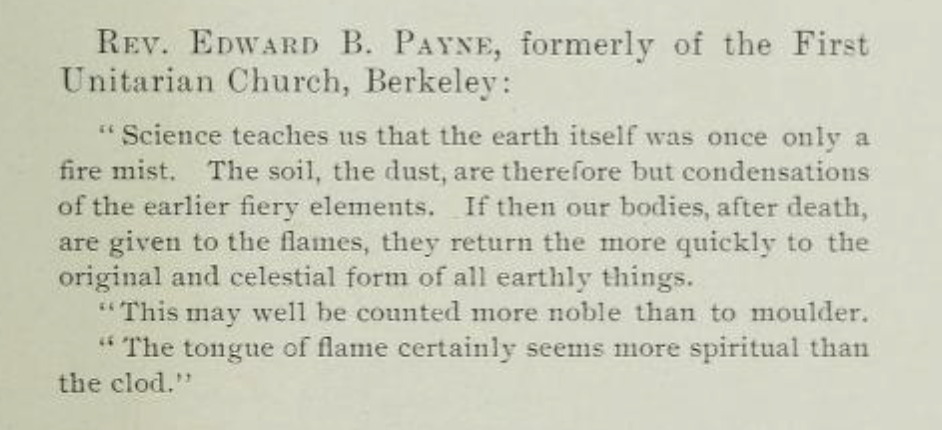“Waste Philosophy” by Rev. Edward B. Payne, 1892: Poem Transcription
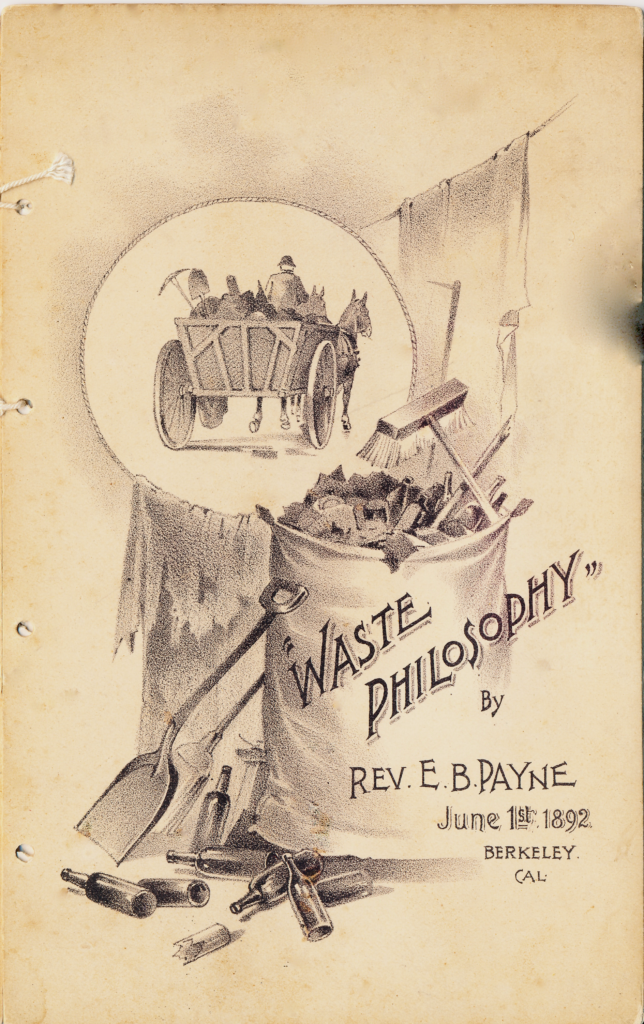
McMurray Family, Payne Family (Click for Family Tree)
While the fonts in Edward B. Payne’s poem, “Waste Philosophy” are just beautiful, because of the age of the booklet (128 years old this June 2020!), some are hard to read. Additionally, in the family copy there are some words that have been underlined- we are not sure why those particular words, but the underlining has been eliminated in this transcription.
Herewith, as Edward would have said and in the spirit of National Poetry Month, is the transcription:
Cover:
Waste
Philosophy
By
Rev. E. B. Payne
[Edward Byron Payne]
June 1st, 1892
Berkeley
Cal
=======================================
Page 1:
Waste
Philosophy
Rags and bottles, sacks and bags,
Who can tell me now, for sure,
What bottles, sacks and common rags,
Have to do with Literature?
And yet these wise and witty three,
Committee of the reading club,
Have laid the heavy task on me,
To solve this problem—there’s the rub.
=======================================
Page 2:
The poets, in their lofty dreams,
Are silent, when of them I ask,
If e’er the Muse yet took for themes
A rag, a sack, an empty flask?
The writers of the world’s romance—
From them my suit no answer brings;
They eye me with a scornful glance,
They spurn such unromantic things.
The Essayists, when I question them;
Just dip their pens in blacker ink;
Each thought of their’s a shining gem;
Of paltry things they cannot think.
Indeed, from early A, B, C,
To Literature’s most recent day,
When was its subject known to be
A bottle, sack, or rag, I pray?
=======================================
Page 3:
I’ve even searched our Draper through,
To know from that all-learned man,
What such things, hap’ly, have to do
With civilization’s growing plan?
But Draper’s thoughts run high, or deep,
They dwell on force and law, and cause,
‘Twould make his genius all too cheap
On paltry things like these to pause.
But there is one, who helps me out;
In what the page of letters lacks:
With joy I hear his lusty shout,
Who buys our bottles, rags and sacks;
As home he drives with motley prize;
Just follow up this forager,
And hearken-!—he’ll soliloquize:
You’ll find him a philosopher.
=======================================
Page 4:
“These rags” (just listen to him preach)
“These cast off rags all teach, I s’pose
The end pretentious pride must reach:
It all, at last, to tatters goes.
“This big, despised, rejected heap
Of rags (who now reflects will find)
Proves very weak and very cheap,
The vanities of human kind.
‘Twas Eve and Adam, so they say;
In Paradise, invented Clo’s,
And from that far ill fated day;
The silly strifes of fashion rose;
“Did Adam think him better dressed
Than Eve, with her new apron fine,
That his descendants cannot rest
Unless in raiment they outshine?
=======================================
Page 5:
“The world thinks high of showy dress;
And stares and gapes, admires and blinks;
‘Tis folly, they must all confess;
To one who gathers rags, and thinks.
“E’en silks and satins fare, I ween,
At last, like common coarse-webbed shags,
Wardrobes of greatest Belle, or Queen
Become, in time, but tattered rags.
“I’ve heard a proverb—just the word—
Deny the truth of it who can?
“ ‘Twere well if everybody heard—
‘Tis not the coat that makes the man.”
“But, under coat—and corsage too—
Or fair or mean, ah! well I know!
The heart that beats, if false or true,
This ranks us either high or low;
=======================================
Page 6:
“The bottles? Yes, there’s quite a lot,
Of various shapes, and every size.
If I should tell where each I got’
‘Twould make the neighbors ope their eyes.
‘Though some; no doubt; were innocent
Of aught that works to man a harm;
And some a gracious perfume lent
To give to beauty added charm.
But some, I fancy, held enough
Of venom; virus, pest and gall,
Of poison; bane and nameless stuff,
In their insides, to kill us all.
The druggist’s label here I see,
With physic simples deftly blent,
In mixture, nostrum, recipe,
And every known medicament.
=======================================
Page 7:
“To me the apothecary’s vial
Is vile indeed, and charged unto death,
Give me my choice and surely I’ll
Prefer to die of want of breath.
“And here are some which held; no doubt
What druggists sometimes slyly sell;
And what, with license or without,
Some folks would have, whate’er befell;
“They’re empty! Ah! bad luck; I say!
Yes, drained of every lingering bit;
No drop to cheer the closing day,
Or quicken up my lagging wit.
“In this (sniff; sniff) was bottled beer;
And this (sniff; sniff) held bottled gin;
And this (sniff) ‘twas bottled cider here—
All names they say; for bottled sin;
=======================================
Page 8:
“Alas! There’s naught in any flask;
For only emptied ones I buy
And not a question do I ask,
And if I should, they’d not reply;
“This dozen here, with corks, I had
From Widder Green; old Green is dead,
But long before he died (how sad)
His nose had turned a bottle red.
“These Judge Law, the magistrate,
Had stored away—they make it plain,
That every dinner which he ate
Was helped along with good Champagne;
“And these I found behind the house
Of parson True—but there’s way
T’ explain—keep still’s a mouse—
He only moved there t’other day;
=======================================
Page 9:
“I s’pose he found them, empty there;
And, hating what they held before,
The while he breathed a fervent prayer,
He tossed them out the wood shed door.
“I’ve heard him talk of ‘bottled tears’
And ‘bottled wrath’ and ‘bottled woe;’
And if he meant strong drinks and beers,
Upon my word I guess it’s so.
“These bags; ha; ha! These sacks, ho, ho!
One, two; three, five, eight, ten,
Twelve, fifteen, twenty-O;
More gain in these than most would ken.
“Gascon Puffer sold me three—
Of all his boasting; vaunting kind,
Greatest braggart yet is he;
Just a swelling ‘bag o’ wind.’
=======================================
Page 10:
“And that old gossip, tattler, clack,
Widow Jay (all know her well)
Sold me this great wide-mouthed sack,
I call her old Bag-a-telle.
“These five small ones came from Cribbs;
That old Money-bags, Lickpenny, Cheat!
When worms get at this greedy Nibs
They’ll find his heart too hard to eat.
“The rest I’ve gathered here and there;
Of good and bad. Go ‘long, old nag;
I guess, ‘bout some ‘twere hardly fair
To let the cat out o’ the bag.”
Ye students of the world’s advance,
And civilization’s fruitful laws,
In every common circumstance
There’s something over which to pause.
=======================================
Page 11:
Did not Carlyle see fit to write
The deep “Philosophy of Clothes?”
And e’en in humbler things we might
Find Principle and Truth—who knows?
There’s wisdom hid in empty bags:
In empty bottles you may find
A moral: and ‘neath worthless rags
Are lessons for the watchful mind.
To our committee I would say
That, though they gave a grievous task,
Yes I’ll forgive them right away
And gracious blessing for them ask.
For them, may bottles harmless be!
May more than rags protect each back,
And in the end, then let it be
That Peter ‘ll not give them the sack.
Notes, Sources, and References:
- Apologies for not being able to figure out how to make the transcription two columns to follow the pages in the booklet. A WordPress widget for columns and then trying to use HTML just did not work; adjusting line spacing did not work either. <sigh> Probably operator error, but I’m a researcher and writer, not a computer whiz (sadly).
- Thank you, thank you, to one of Edward B. Payne’s descendants who is a fabulous transcriber and typist. She makes it much easier to get this information out there and found by the search engines, so that you can enjoy it.
- “Waste Philosophy” by Rev. Edward B. Payne, June 1st, 1892, Berkeley, California, likely self-published. The Bancroft Library at University of California-Berkeley also holds a copy and has provided one to me in years past, but these blog posts are from a family copy so graciously shared by a very favorite aunt! (Thank you!)
Click to enlarge any image. Please contact us if you would like an image in higher resolution.
We would love to read your thoughts and comments about this post (see form below), and thank you for your time! All comments are moderated, however, due to the high intelligence and persistence of spammers/hackers who really should be putting their smarts to use for the public good instead of spamming our little blog.